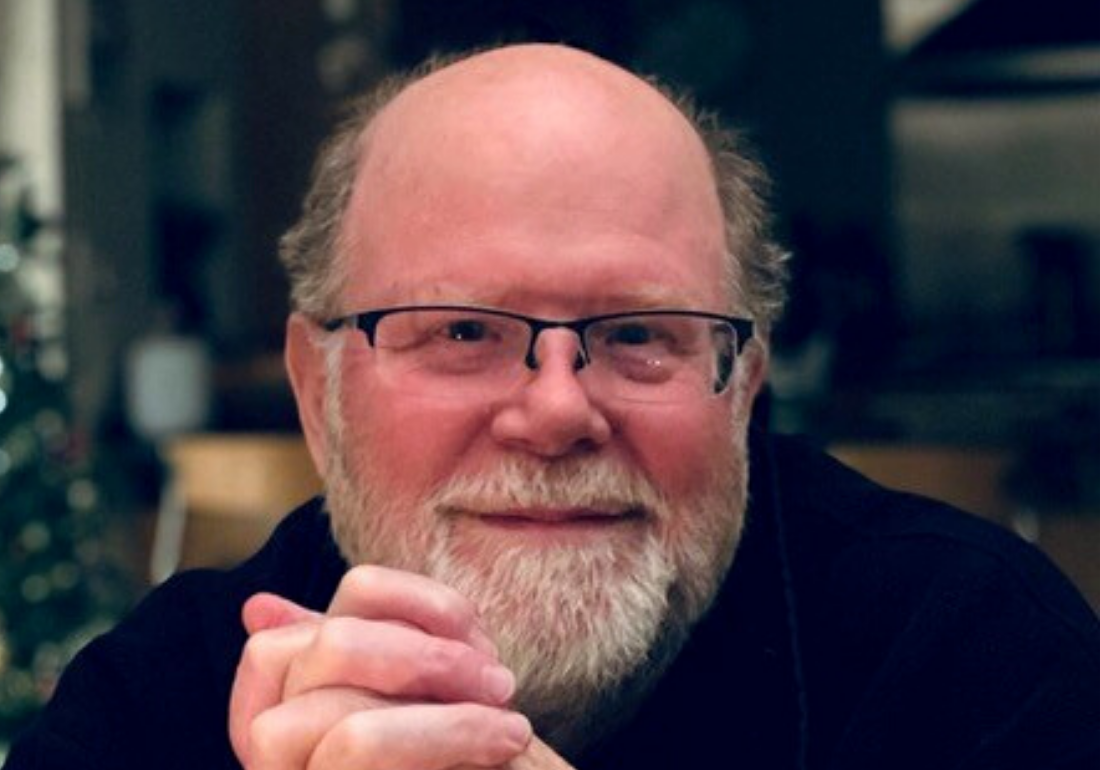In October, Cancer Grand Challenges posed 9 new quests for the research community, each with the potential to contribute major advances to the way we think about and deal with the burden of cancer. Through our new blog series, members of our Cancer Grand Challenges Scientific Committee reflect on where global, multidisciplinary teams could take us with each challenge. Here, Ed Harlow shares his thoughts on the new inflammation challenge.
As members of the Cancer Grand Challenges Scientific Committee, we are asked to identify challenges that require research on a scale larger than biological studies normally use and would benefit from powerful multidisciplinary interactions. Most importantly, these challenges describe problems that, when solved, could provide a giant leap forward. And for me, the field of inflammation as a driver of cancer development is ripe for this investment. We started this funding stream in the last round of Cancer Grand Challenges, supporting the STORMing Cancer team to work on chronic inflammation. Here, we sharpen the challenge itself and invite new teams to consider this important subject from a different angle.
The inflammation challenge sits at an intersection of different branches of our research world. In one dimension, it connects epidemiology and cancer biology. Epidemiology says inflammation is common, and likely to be causal, to cancer development. Cancer biology asks what are the enabling molecular events. But this particular intersection is already much busier than many others. At this intersection sits a third discipline: immunology, driving our deepening understanding of inflammation as a component of innate immunity. The clues leading to the identification of inflammation as a cause of cancer have been around for more than 150 years, since Virchow first associated microinflammation with certain tumors. But the mechanisms by which it drives tumor evolution and interfaces with other elements of tumor development are still held in the shadows.
I’m fascinated by the sociology of research at these types of intersections. Different research communities come to work on the same biological phenomenon, but do so with different tools, mindsets, and languages. Epidemiology has identified some cancer causes that are clearly mutagenic – think tobacco smoke, UV radiation. In these cases, we have seen epidemiology and cancer biology integrate effectively, and we now have excellent molecular descriptions of how these exposures induce the changes that drive cancer development. But how other cancer-related events that have been flagged by epidemiology — such as obesity, the right kind of exercise, or perhaps even stress — can enhance or modify tumor incidence are not obvious. As epidemiologists and cancer biologists learn to work together, we will be able to tell a mechanistic story of how these cellular changes are born. And from this story will come clues about how to stop, slow, or avoid these changes. Perhaps, over time, we could see real advances in cancer prevention.
This inflammation challenge asks for careful definition of which of the vast set of inflammation-induced changes are essential in promoting cancer development. Are these the same from one cancer site to another? Do all cancers require this or a related step? And if they don’t, why? What initiates the inflammatory events? Do they change with age? And if you turn them off, how does the tumor respond? We know inflammation is important in the tissues surrounding an initiating tumor. Here, we ask for a clear description of the essential components for tumorigenesis and how its management could help prevent cancer advancing.
Many unanswered questions remain. We need an integration of fields, of technologies, and of different perspectives to achieve the rigor of understanding. But I’m excited to see how people will apply their own angle to this challenge. If teams can help identify the different types of inflammation, the vital steps, the early moments as a cell transitions to cancer, we could reveal new opportunities for cancer prevention, markers for early detection, and treatment of inflammation-associated cancer. That’s the goal – that would be really fabulous. A first-rate challenge.
Learn more about the inflammation challenge. For details on how to apply, click here.
